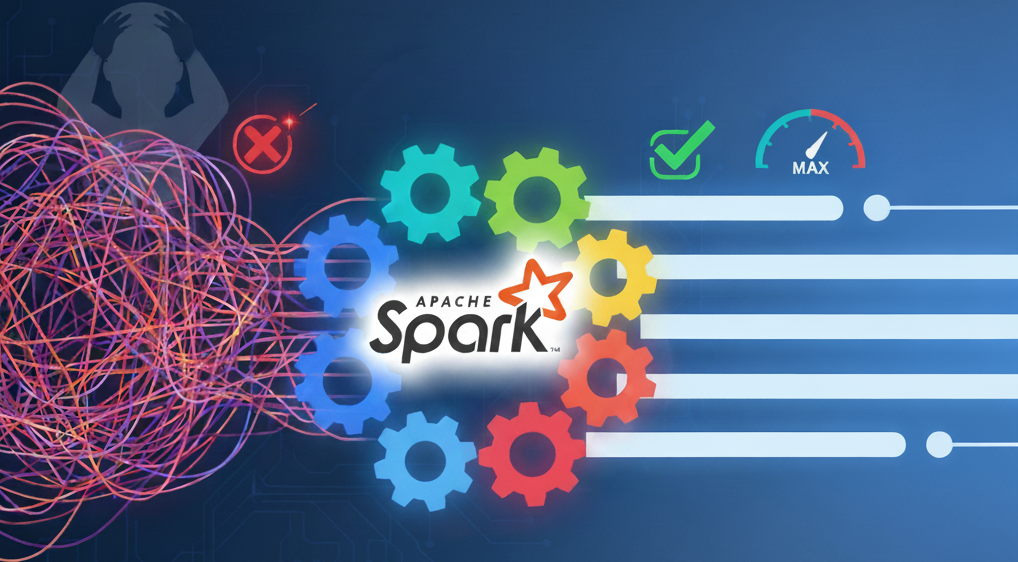
Modern applications store their most valuable data such as product catalogs or user profiles in operational databases. These data stores are excellent for applications that need to handle real-time transactions — and with their support for vector operations, they’ve also become an excellent foundation for modern search or gen AI application serving.
AlloyDB AI provides powerful, high-performance vector capabilities enabling you to generate embeddings inline and manually tune powerful vector indexes. While you can generate embeddings out of the box for in line search use cases, we also wanted AlloyDB to address the complexity of creating and maintaining huge numbers of vector embeddings.
To make this possible, we’re introducing two new features for AlloyDB AI, available in preview, that will empower you to transform your existing operational database into a powerful, AI-native database with just a few lines of SQL:
-
Auto vector embeddings
-
Auto vector index
Auto vector embeddings transform operational data into vector search ready data by vectorizing data stored inside of AlloyDB at scale. The auto vector index self-configures vector indexes optimized for customer’s workloads, ensuring high quality and performance.
Compare this to the traditional approach of creating the vectors and loading them into your database. The basic steps are familiar to any AI developer: generate vector embeddings using specialized AI models, import the vectors into the database alongside the underlying text, and tune vector indexes. In other words, build an ETL (Extract, Transform, Load) pipeline, extract the data from your database, apply transformations, run it through the AI model, reload and reformat it, then reinsert it into your database and then tune the vector indexes. This approach not only involves significant engineering complexity but also introduces latency, making it difficult to keep your application in sync with your live data despite it being stored alongside it.
An additional challenge is to keep the vector index up to date, which is hard to do manually. While manually tuned indexes are performant and provide excellent results, they can be sensitive to updates in the underlying data and require performance and quality testing before they’re ready to hit the road.
Let’s walk through an example journey of an operational workload and see how AlloyDB AI’s new features remove friction from building enterprise-grade AI, and enable users to modernize applications from their database.
AlloyDB as a vector database
Imagine you run a large e-commerce platform with a products table in AlloyDB, containing structured data like product_id, color, price, and inventory_count, alongside unstructured data such as product_description.
You want to build a gen AI search feature to improve the quality of search in your application and make it more dynamic and personalized for users. You want to evolve from solely supporting simple lexical searches such as “jacket”, which perform exact matches, to searches such as “warm coat for winter” that can find semantically similar items like jackets, coats or vests. To refine the quality, you also want to combine this semantic matching with structured filters such as color="maroon" or price < 100. Some of these filters may even live in a different table, such as an orders table which stores information about the user’s order history.
Source Credit: https://cloud.google.com/blog/products/databases/alloydb-ai-auto-vector-embeddings-and-auto-vector-index/




